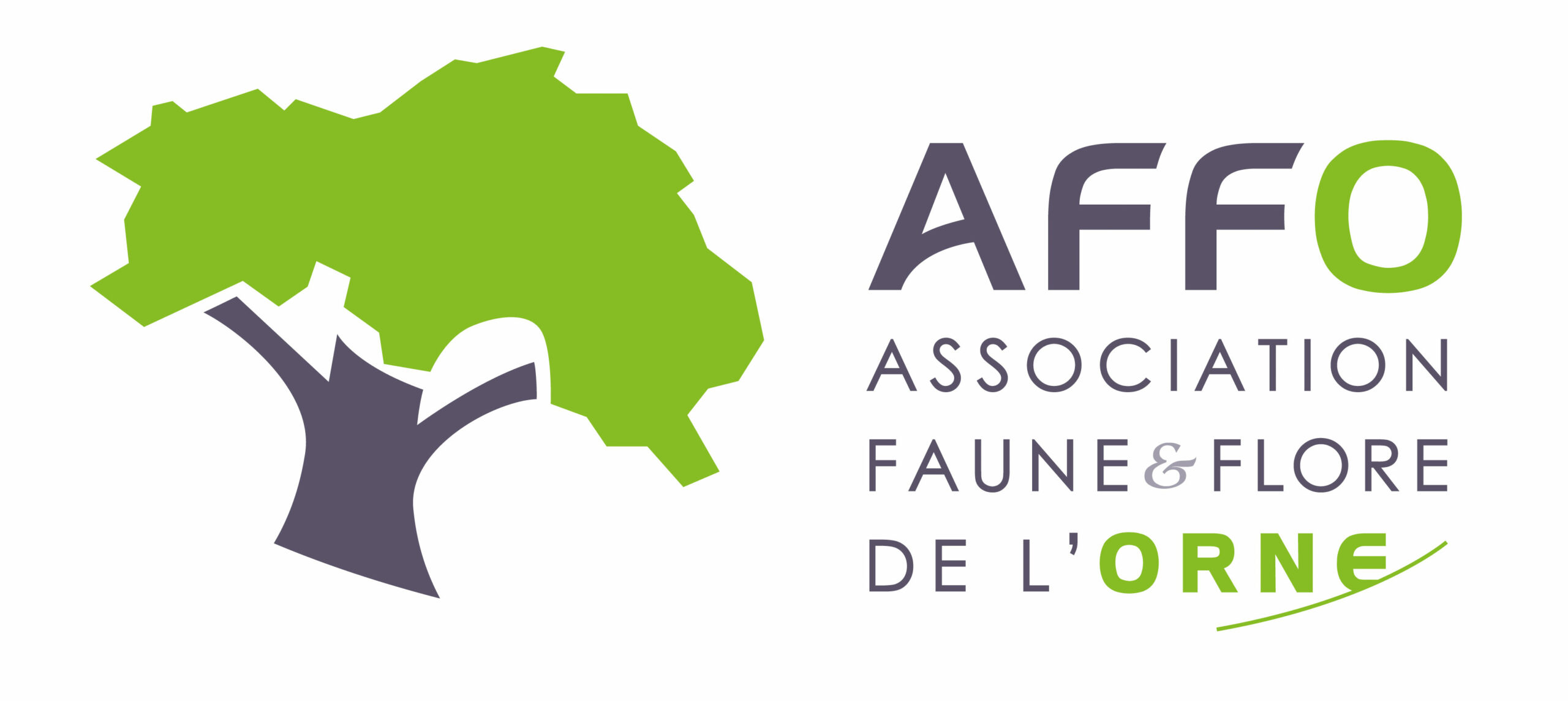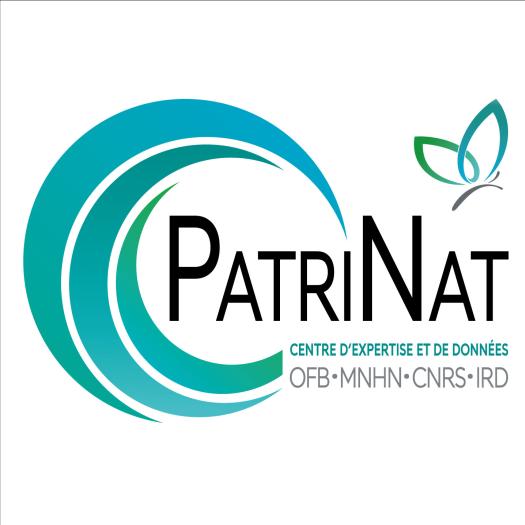Phalène picotée (La)
Ematurga atomaria (Linnaeus, 1758)
Où cette espèce a-t-elle été observée ?
 Attention : cette espèce peut être présente où il n’y a pas de maille, mais à ce jour elle n’y a pas encore été observée.
Attention : cette espèce peut être présente où il n’y a pas de maille, mais à ce jour elle n’y a pas encore été observée.
- 21 observations
-
13
communes -
14
observateurs
6
organismes -
Première observation
1979 -
Dernière observation
2025
Appenai-sous-Bellême - Authon-du-Perche - Belforêt-en-Perche - Ceton - Charencey - Combres - Igé - La Ventrouze - Longny les Villages - Manou - Saint-Hilaire-le-Châtel - Saint-Martin-du-Vieux-Bellême - Tourouvre au Perche
-
Association Faune & Flore de l'Orne (AFFO)
Participation à 10 Observations
Part d'aide à la prospection : 47.62 %
Fiche organisme
-
UMS PatriNat (OFB-CNRS-MNHN)
Participation à 3 Observations
Part d'aide à la prospection : 14.29 %
Fiche organisme
-
DREAL Centre-Val de Loire
Participation à 2 Observations
Part d'aide à la prospection : 9.52 %
Fiche organisme
-
France Nature Environnement Centre-Val de Loir
Participation à 2 Observations
Part d'aide à la prospection : 9.52 %
Fiche organisme
-
Ministère de la Transition écologique et de la Cohésion des territoires
Participation à 1 Observation
Part d'aide à la prospection : 4.76 %
Fiche organisme
Informations espèce
F3 : Fourrés tempérés et méditerranéo-montagnards
Répartition actuelle en France métropolitaine
© INPN - Avertissement : les données visualisables reflètent l'état d'avancement des connaissances et/ou la disponibilité des données existantes au niveau national : elles ne peuvent en aucun cas être considérées comme exhaustives.
Répartition actuelle dans le monde
Avertissement : les données visualisables reflètent l'état d'avancement des connaissances et/ou la disponibilité des données existantes au niveau mondial : elles ne peuvent en aucun cas être considérées comme exhaustives.










